Consumers who read the nutritional labels on their food are probably used to spotting an ingredient called “maltodextrin”. It is added to foods primarily to improve their texture and mouthfeel; for example, “light” foods with a low fat content often have an unpleasant mouthfeel, but adding maltodextrin can restore the original mouthfeel of the full-fat product. Maltodextrin is also used to thicken foods.
What is maltodextrin?
Maltodextrin is classified as a polysaccharide. Chemically, it consists of glucose molecules attached to each other to form a polymer. Maltodextrin can contain three to twenty glucose units. It is formally classified in terms of a measure called DE; the higher the DE, the more glucose units per chain. Lower DE maltodextrin has a sweet taste while higher DE maltodextrin has no taste.
Maltodextrin is produced by heat and enzymatic processing of any starch. It is commonly produced from corn but it can also be produced from wheat, rice, potatoes, or any other starchy food. In the EU, if maltodextrin is produced from wheat, it is exempt from being labeled as “possibly containing gluten”, but in the US, maltodextrin produced from wheat cannot be labeled as “gluten free”.
After consumption
When reading nutritional labels on foods containing maltodextrin, it can be difficult to figure out how much maltodextrin is in the food. Here is an example to help clarify the issue, comparing an all-natural peanut butter to its reduced fat version. The only ingredient in the regular version is peanuts and the only ingredients in the reduced-fat version are reduced-fat peanuts and maltodextrin.
- 16 g fat regular vs. 12 g fat reduced fat version
- 7 g carbohydrates regular vs. 13 g carbohydrates reduced fat
- 3 g fiber in both types
- 2 g sugar in both types
Thus, you can see that in this product, for each serving, 4 g of fat was replaced with 6 g of maltodextrin. Maltodextrin is simply listed as part of the overall carbohydrates, not as sugar or fiber. However, once digested and metabolized by the body, maltodextrin, like all other carbohydrates, is turned into sugar. It provides 4 calories per gram, like all other carbohydrates.
When consumed, maltodextrin is very rapidly digested and absorbed by the body, almost as rapidly as pure glucose. Thus, it has a very high glycemic index of 85 to 105. Consumption of foods containing maltodextrin can cause a sudden, rapid spike in blood sugar, which could be of concern for individuals with diabetes, metabolic syndrome, or those trying to avoid developing either condition.
Health concerns
In addition to the obvious health concerns in regards to its effect on blood sugar levels that may cause problems for people with diabetes, maltodextrin consumption has also been linked to disturbances in the gut bacteria. A study published in 2012 reported that regular consumption of maltodextrin changed the composition of the gut bacteria to a profile that has been associated with immune dysfunction, autoimmune diseases and digestive disorders. Although not definitively proven, disturbances in gut bacteria have also been suggested to be strongly correlated with the development of insulin resistance, again suggesting that anyone with diabetes, pre-diabetes, metabolic syndrome, or anyone trying to avoid developing these conditions may be better off avoiding maltodextrin.
Regular consumption of maltodextrin has also been linked to weight gain through multiple mechanisms: it adds calories to the diet, it causes blood sugar swings, and it affects the gut bacteria, all factors that have been linked to weight gain. In addition, some people suffer from bloating and digestive upset after consuming maltodextrin.
However, many in the food industry argue that adding maltodextrin to foods does not cause any problems because it is only present in tiny amounts in these foods. For example, a corn chip with a cheese-flavored coating that contains some maltodextrin may end up with less than 1% of the contents of the bag of chips being maltodextrin. Consuming this tiny amount of maltodextrin is unlikely to do anything at all to the body. This is not true for all foods, though; consider the peanut butter example above, where each serving contained 6 g of maltodextrin. A 5 g glucose tablet would be expected to rapidly increase the blood sugar level by 20 points, on average. To help understand what this means, blood sugar test readings mean:
- Seriously low less than 45 mg/dL
- Low less than 70 mg/dL
- Normal 70 to 140 mg/dL
- High 140 to 200 mg/dL
- Very high greater than 200 mg/dL
So if you consume a serving of the maltodextrin-containing peanut butter, with its 6 g of maltodextrin and 2 g of sugar, your blood sugar may rapidly increase by 30 or 40 points, a not insignificant increase. This is particularly true if you have insulin resistance, because then your blood sugar may remain elevated for a fairly prolonged period, which can cause organ damage.
Health benefits
Some athletes consume maltodextrin because of its ability to rapidly provide energy to fuel their activities, and it is a common ingredient in sports drinks and supplements. Individuals who are underweight due to some health condition have also found that regularly consuming maltodextrin can accelerate their weight gain. Individuals plagued by periods of hypoglycemia sometimes use maltodextrin to quickly return their blood sugar to normal levels.

GMO
Although the FDA and most scientists insist that GMO crops are totally safe, many people remain skeptical. Most corn grown in the US is “Round-up ready” GMO, and although the genetic modification is thought to be safe to consume, it is not at all clear if consuming products that may be contaminated with traces of Round-up is safe. Most maltodextrin sold and used in the US is derived from GMO corn.
FDA status
The FDA classifies maltodextrin as GRAS, namely “Generally recognized as safe”, meaning it can be added to food. GRAS is a label slapped on things that have been consumed by humans for centuries with no apparent problems, and it is also slapped on substances that simply by inspection should be safe. Maltodextrin falls into this category-it is derived from food, and when consumed it is simply turned by the body into sugar.
The bottom line
The bottom line is that maltodextrin is a useful food additive. Some people may benefit from avoiding foods that contain substantial amounts of maltodextrin while others may benefit from deliberately consuming it. Those who may benefit from avoiding it include those with:
- Diabetes or pre-diabetes
- Metabolic syndrome
- Trying to lose weight
- Family history of a tendency to develop autoimmune diseases
- People who avoid GMOs
Those who may benefit from deliberately consuming it:
- Athletes who need a quick source of energy
- Individuals trying to gain weight
- Individuals who suffer from hypoglycemia
Consider following us on Facebook to stay up-to-date with the latest nutritional and lifestyle news.
The post What Is Maltodextrin? appeared first on Gaspari Nutrition.



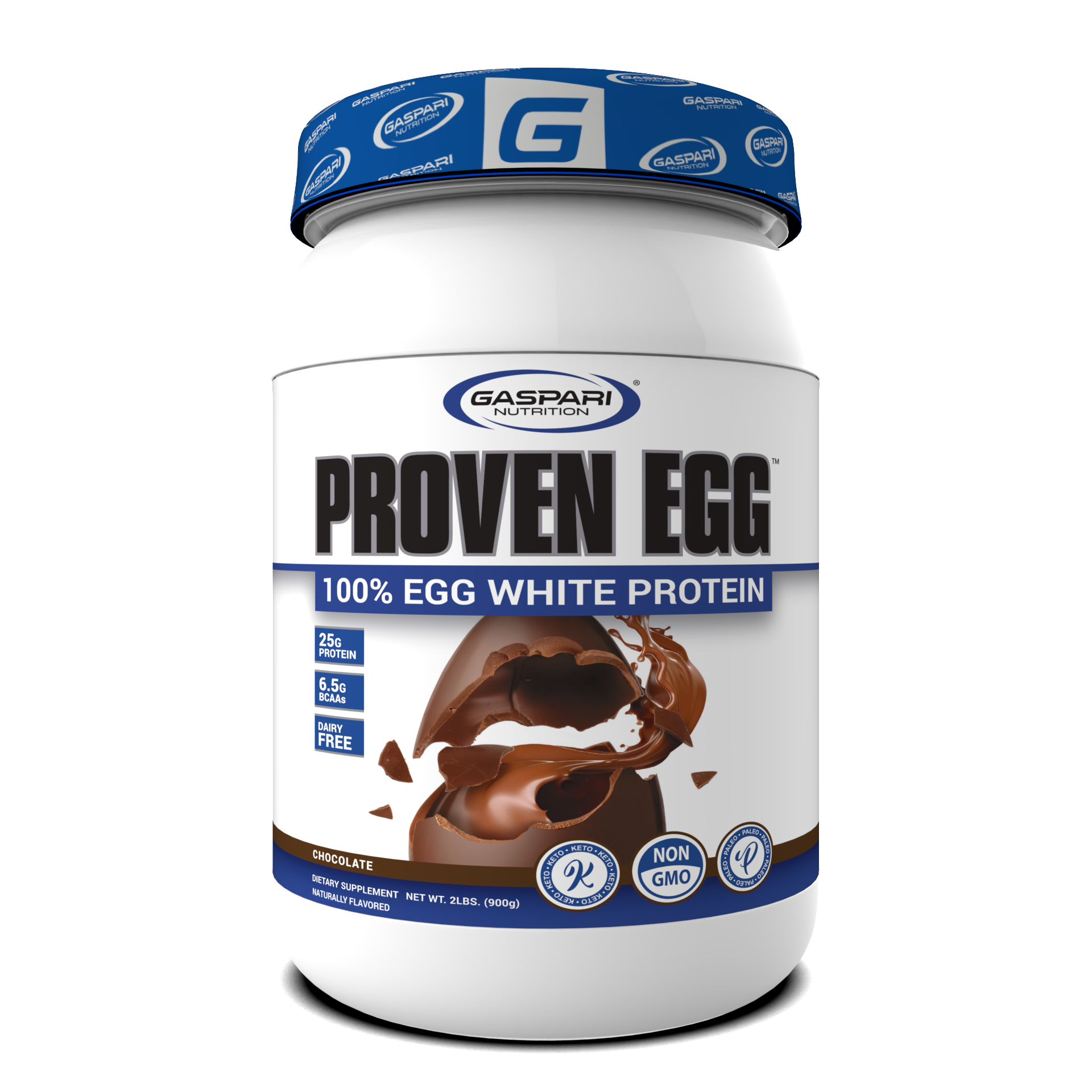











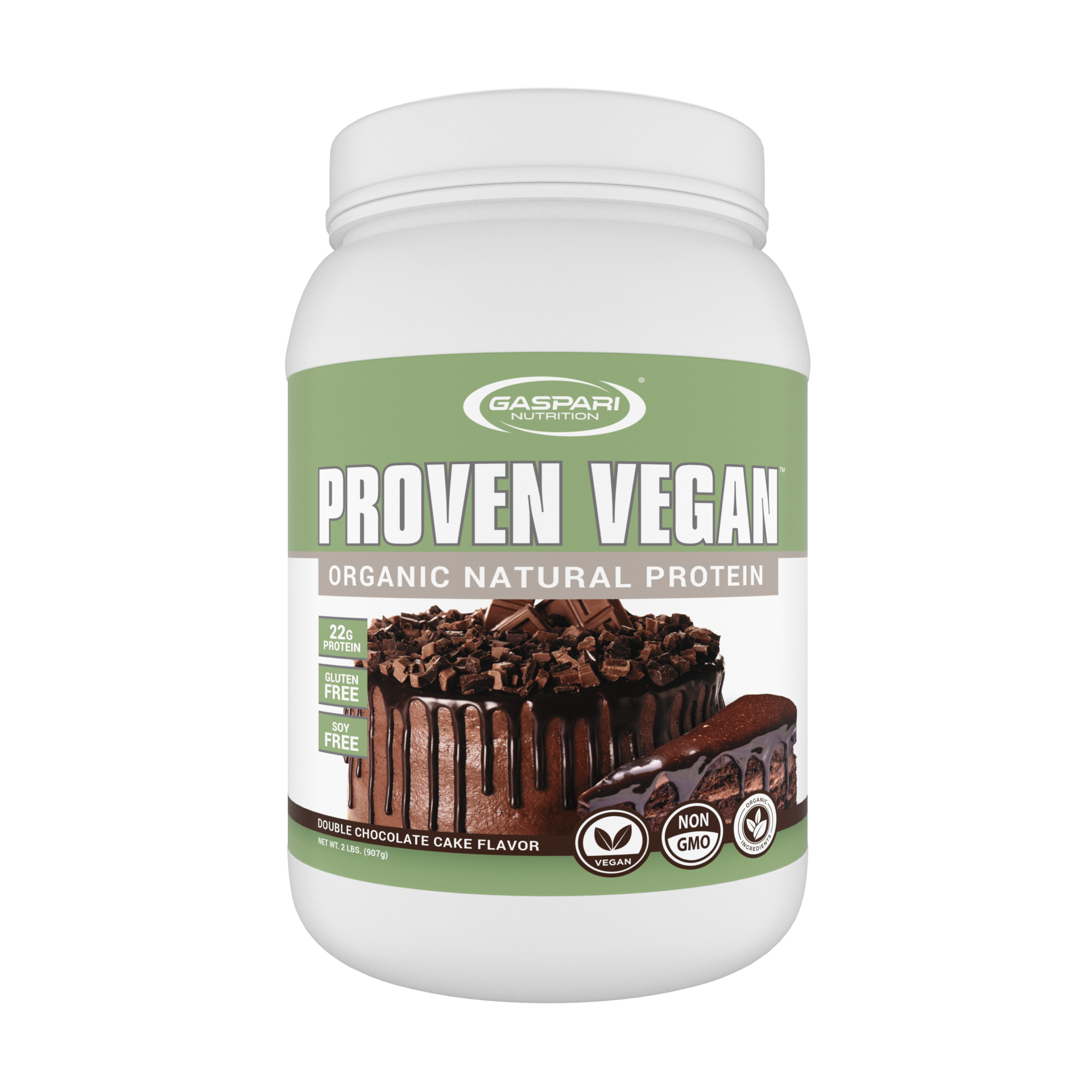


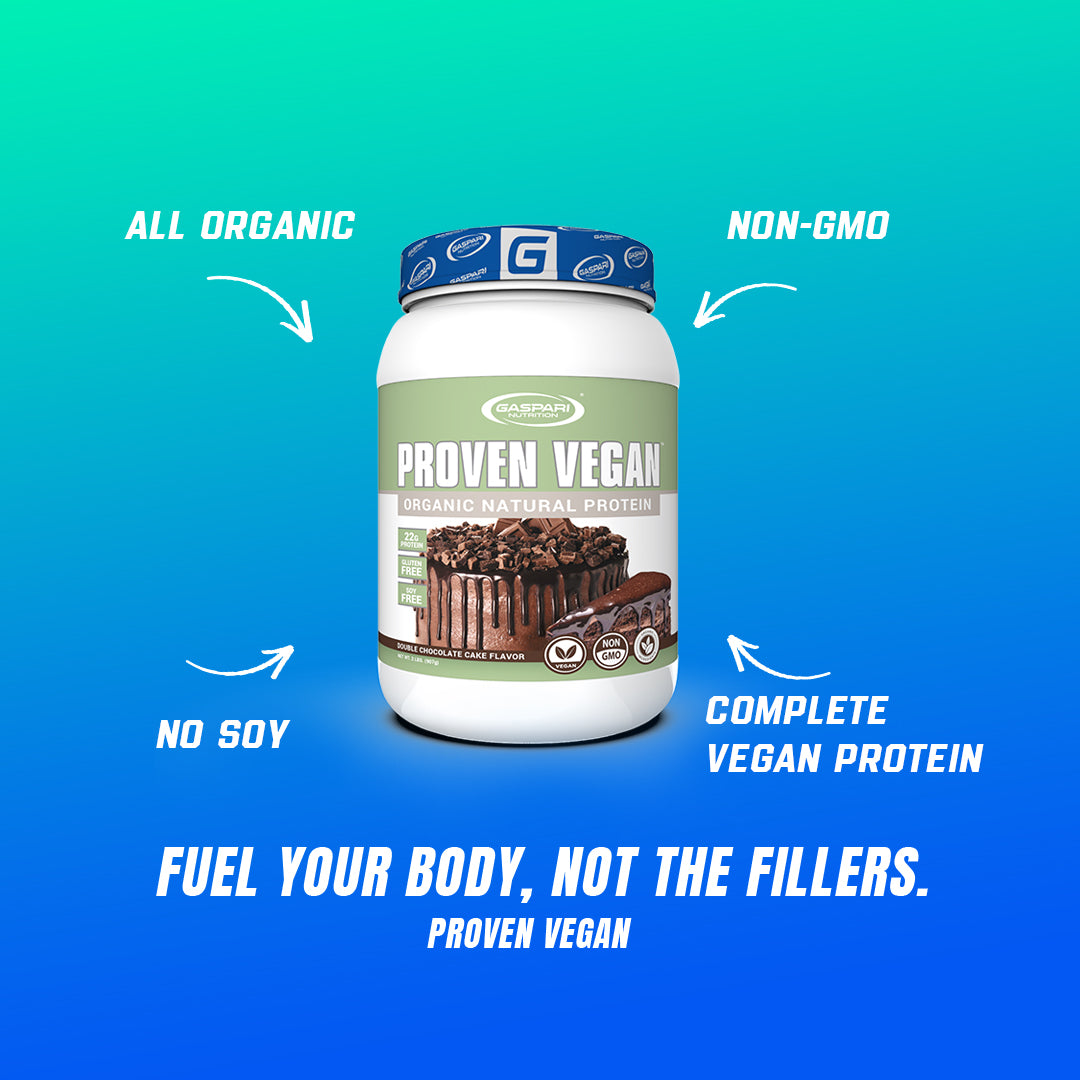
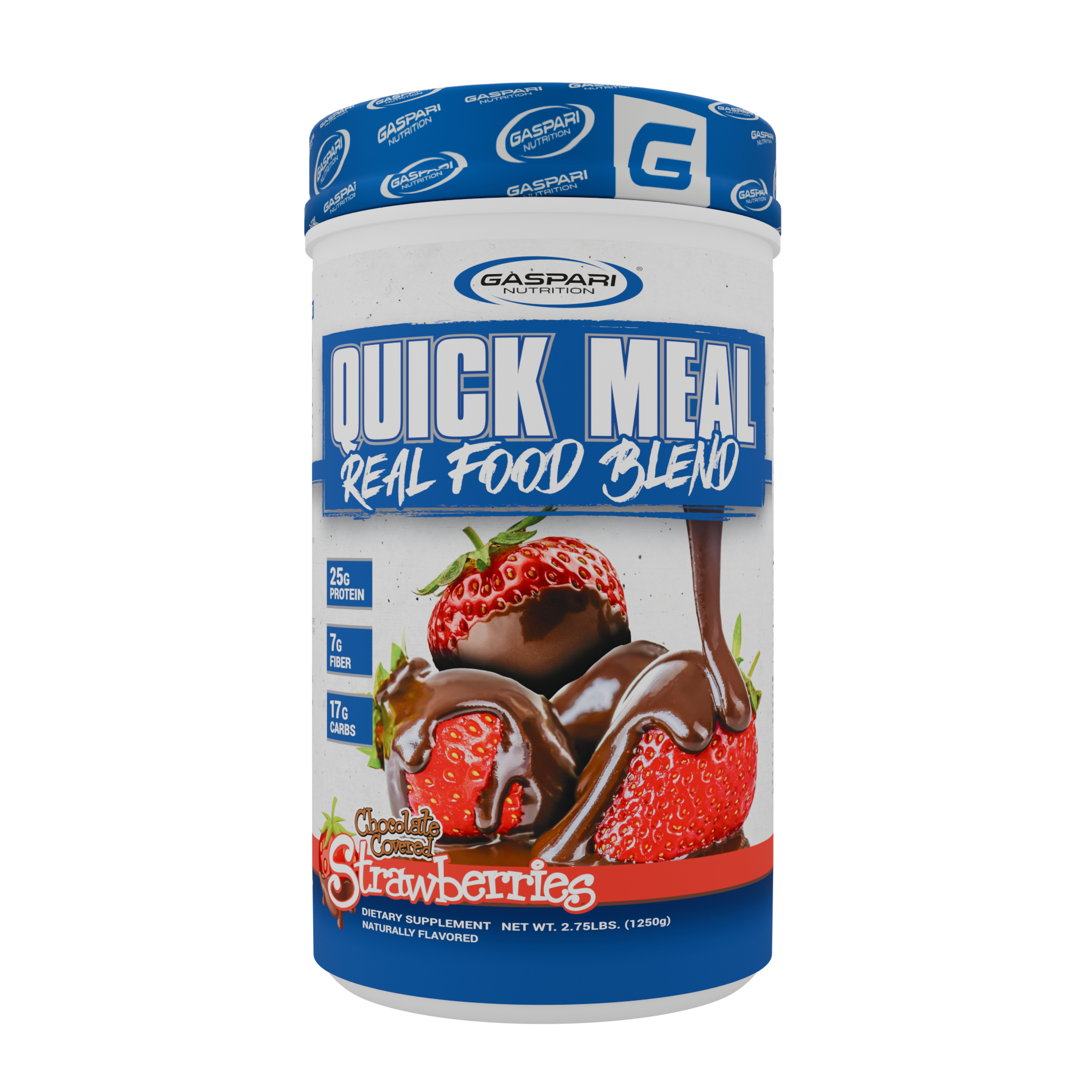


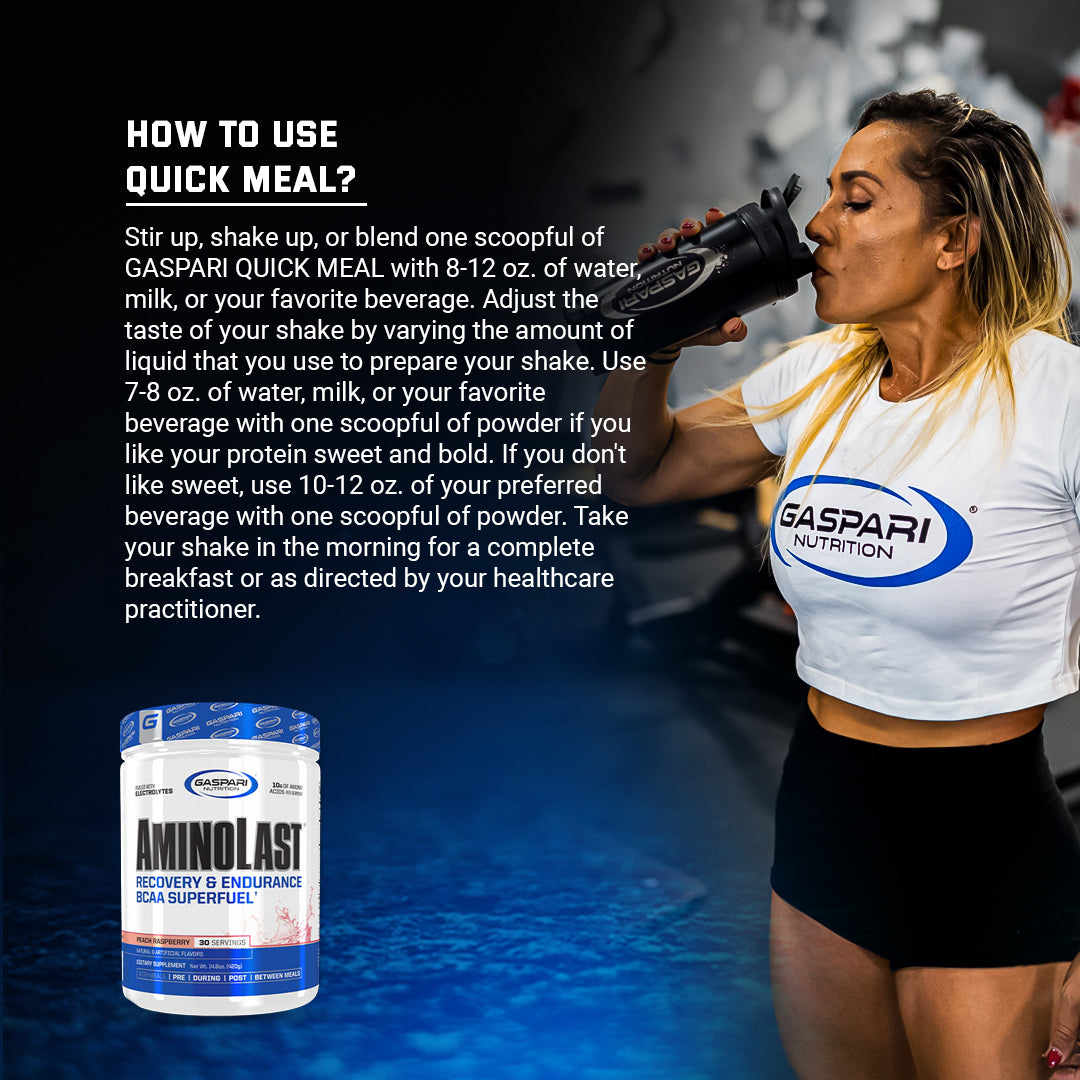

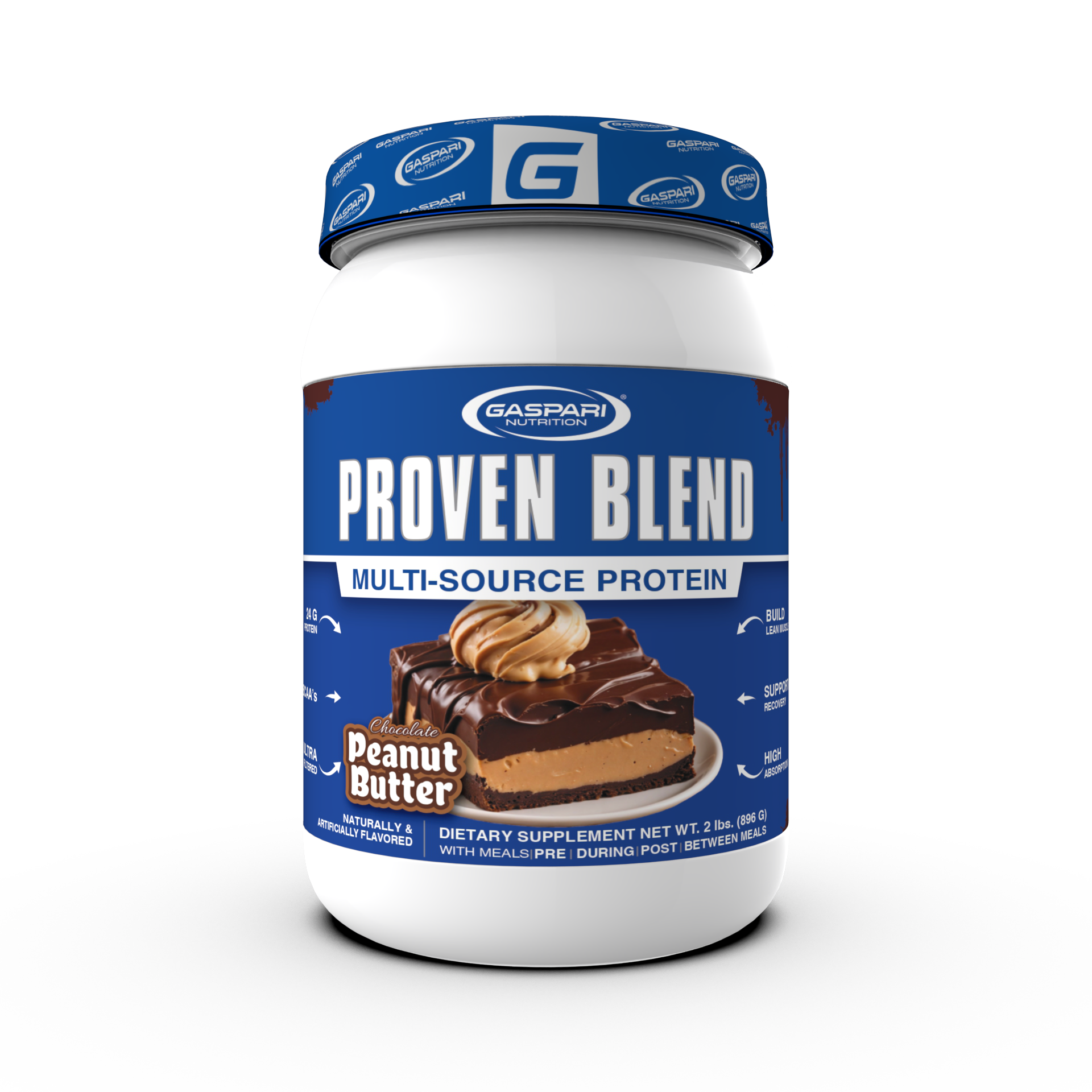
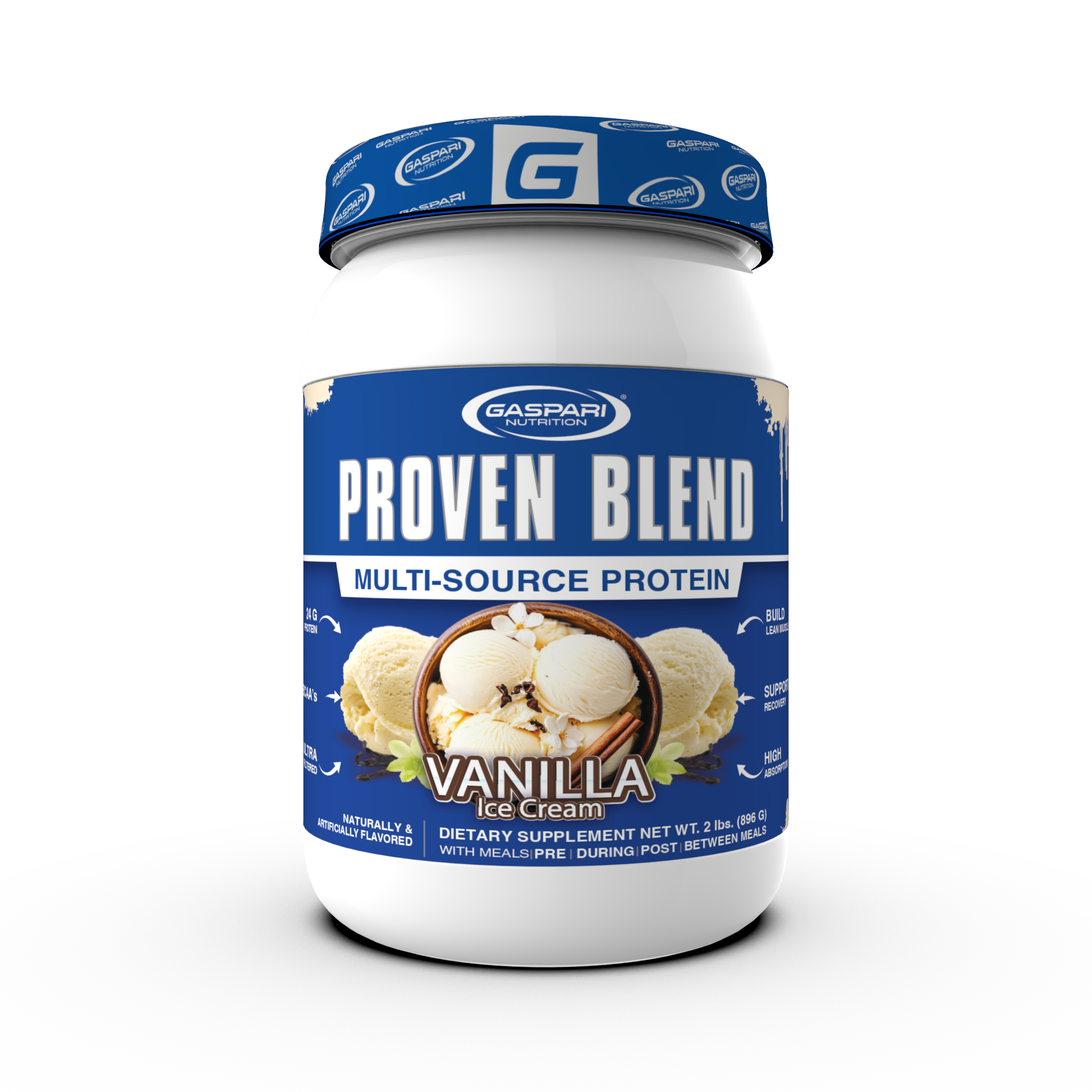



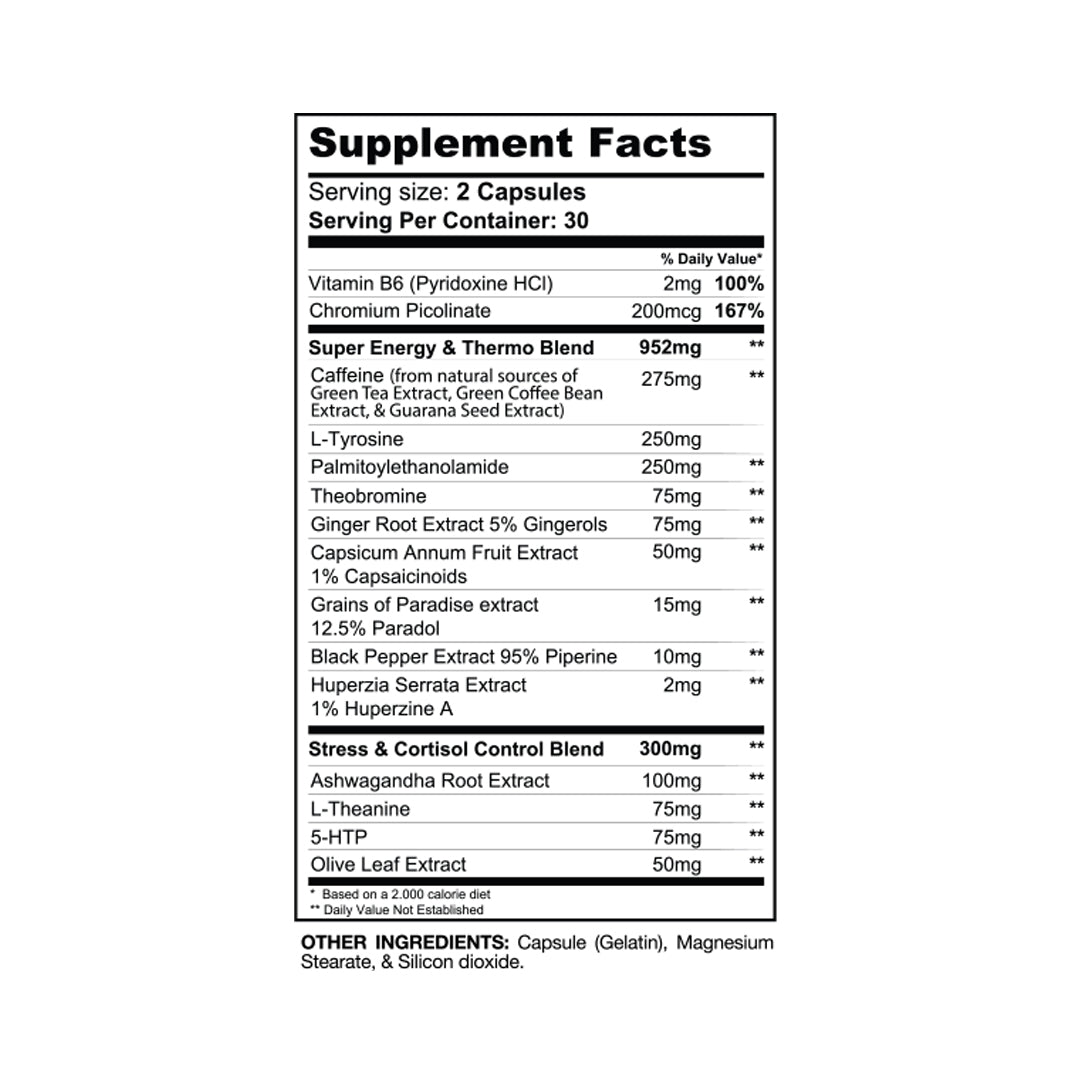






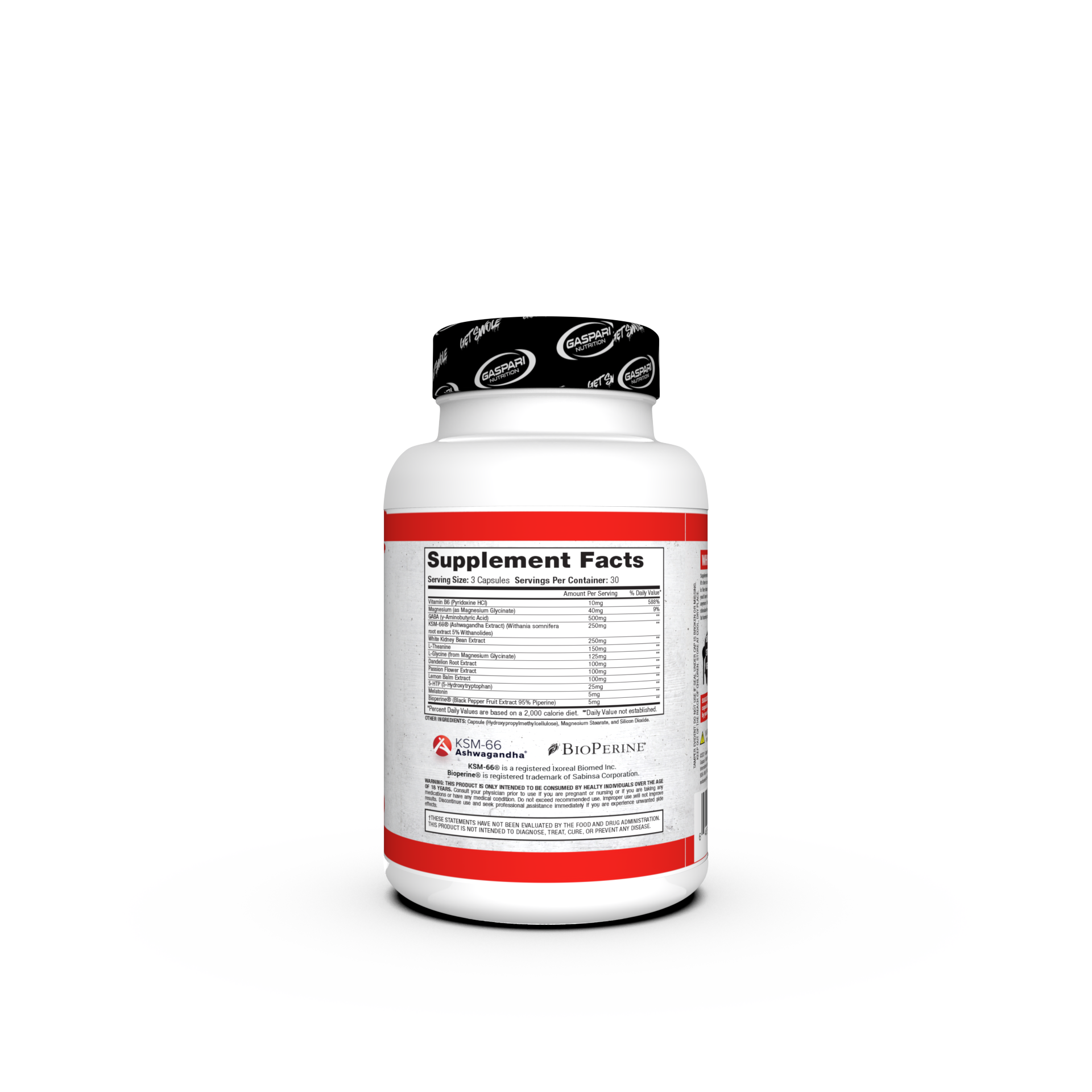



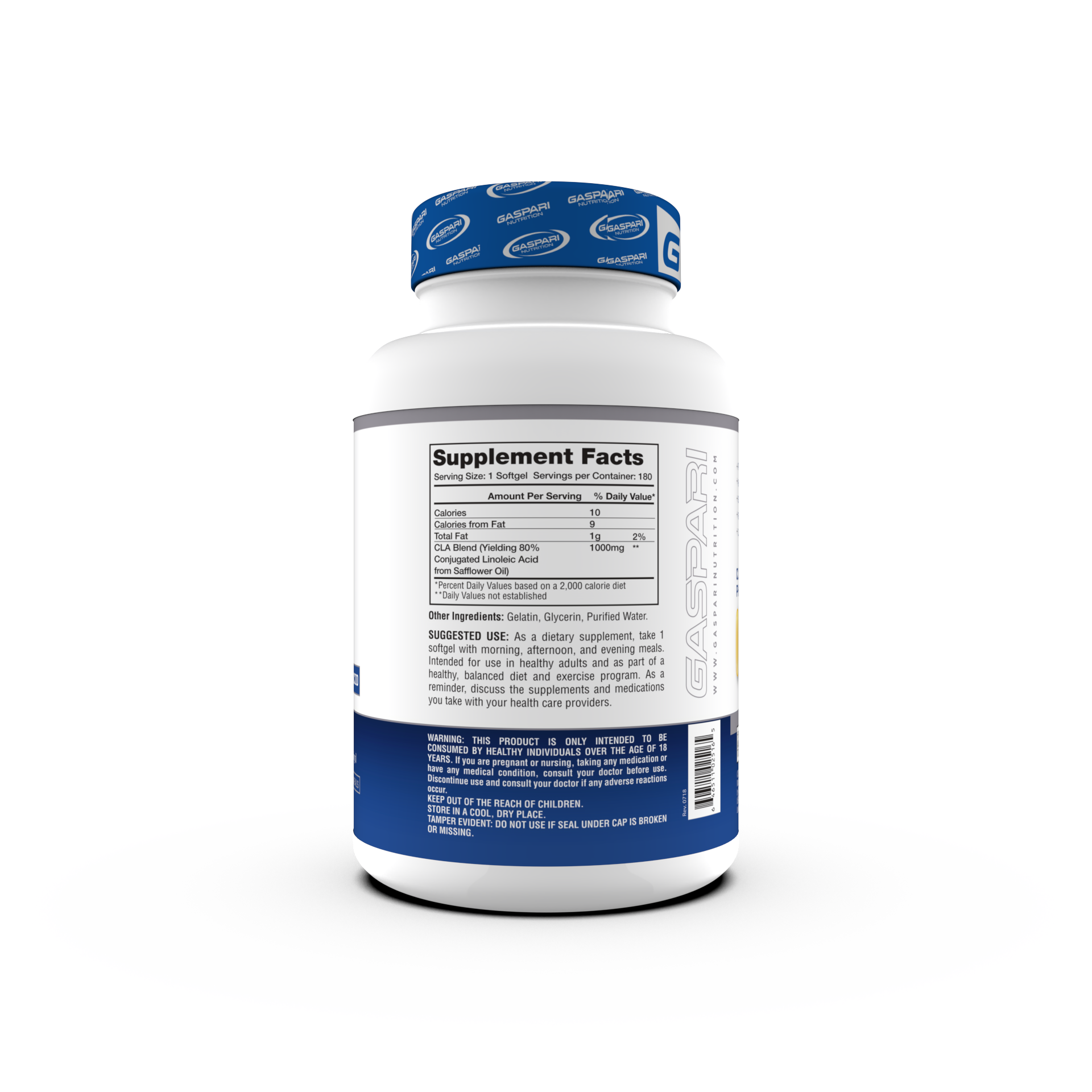
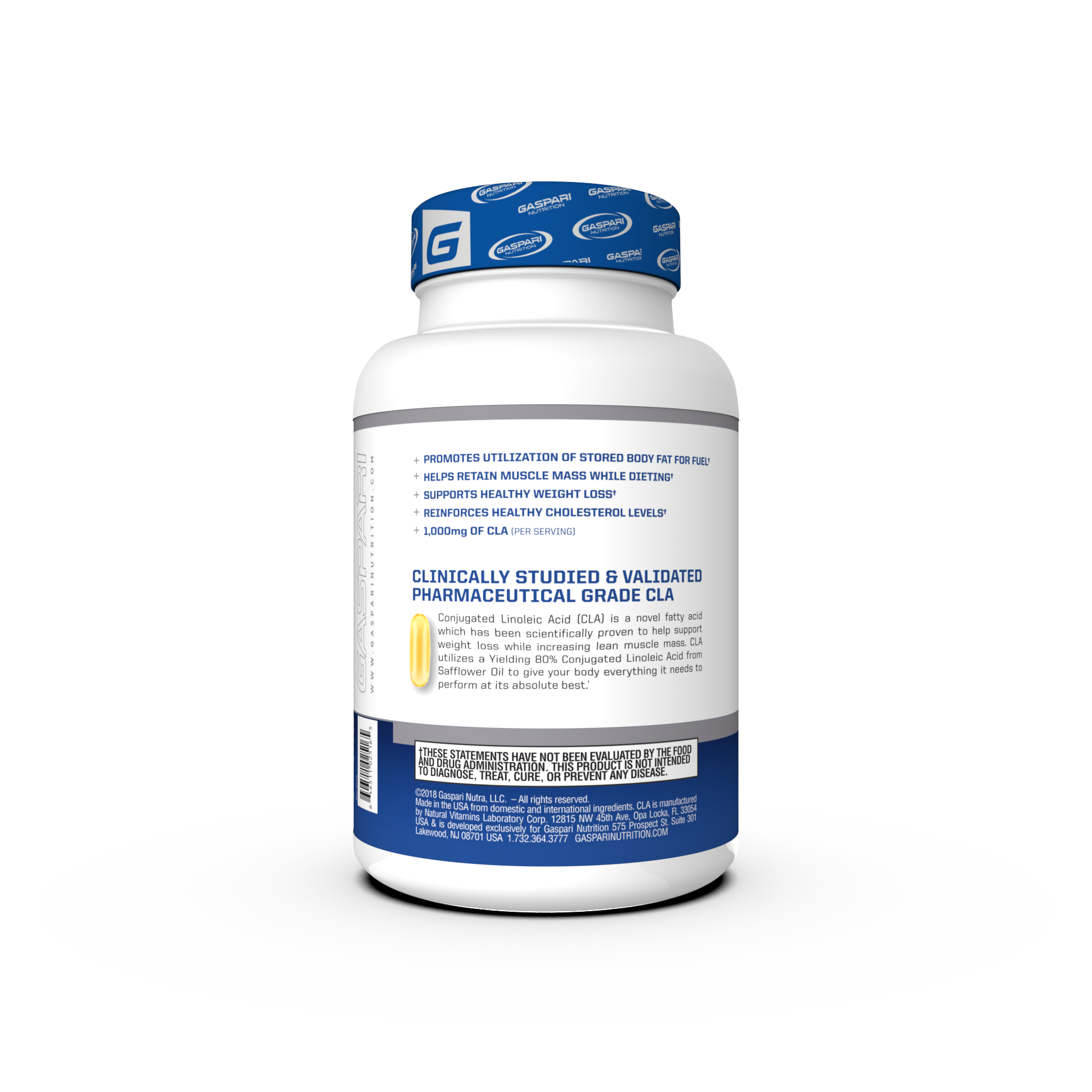





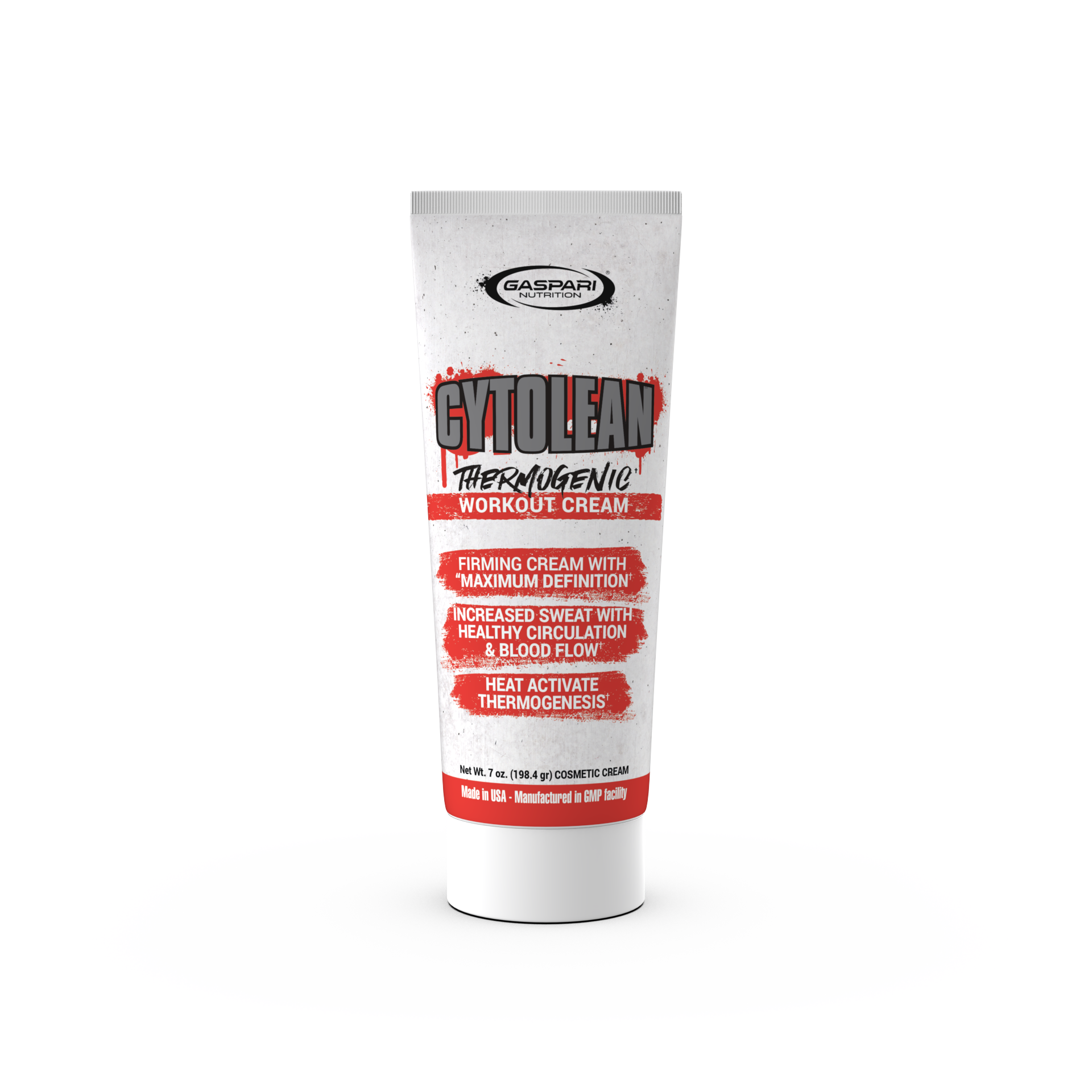
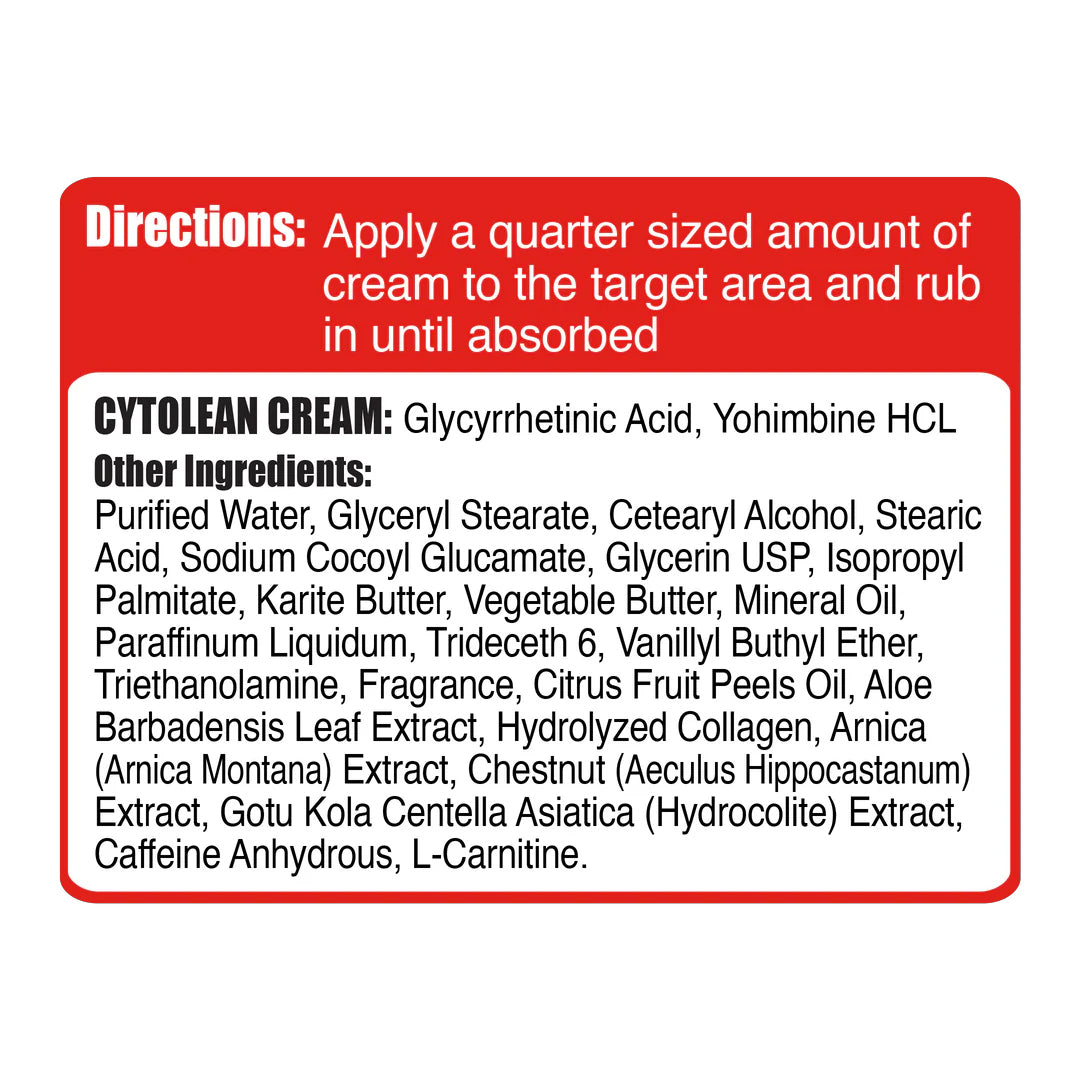







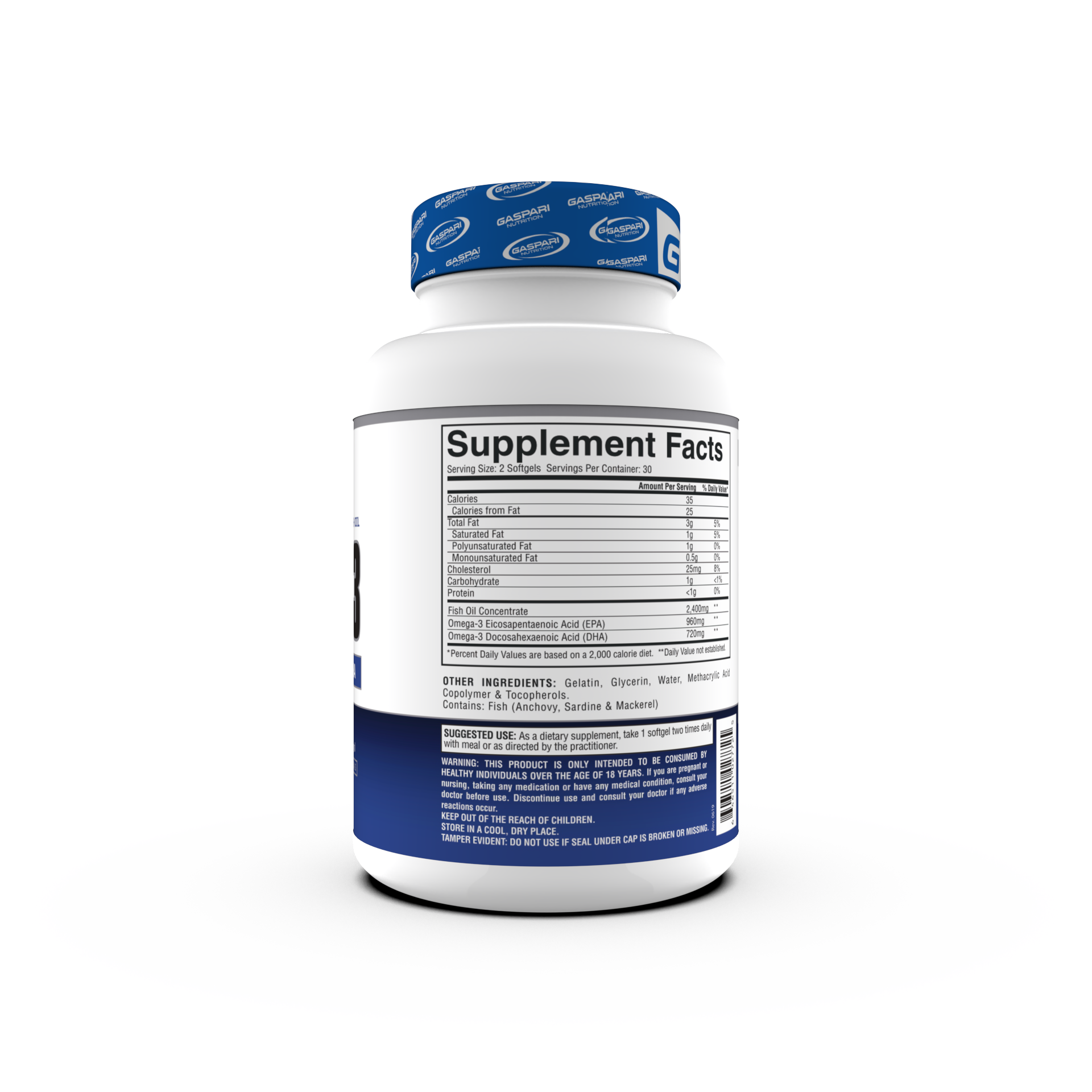
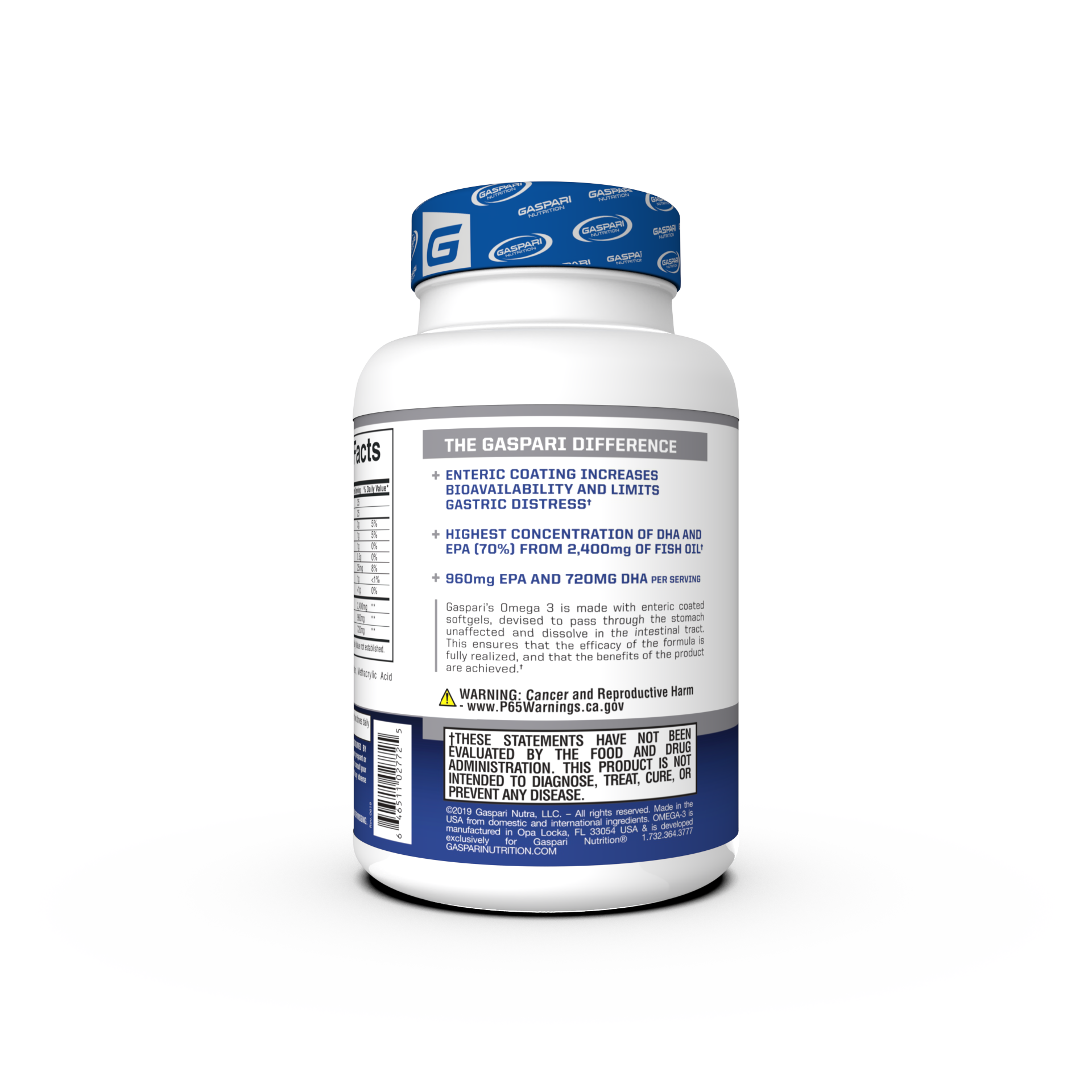
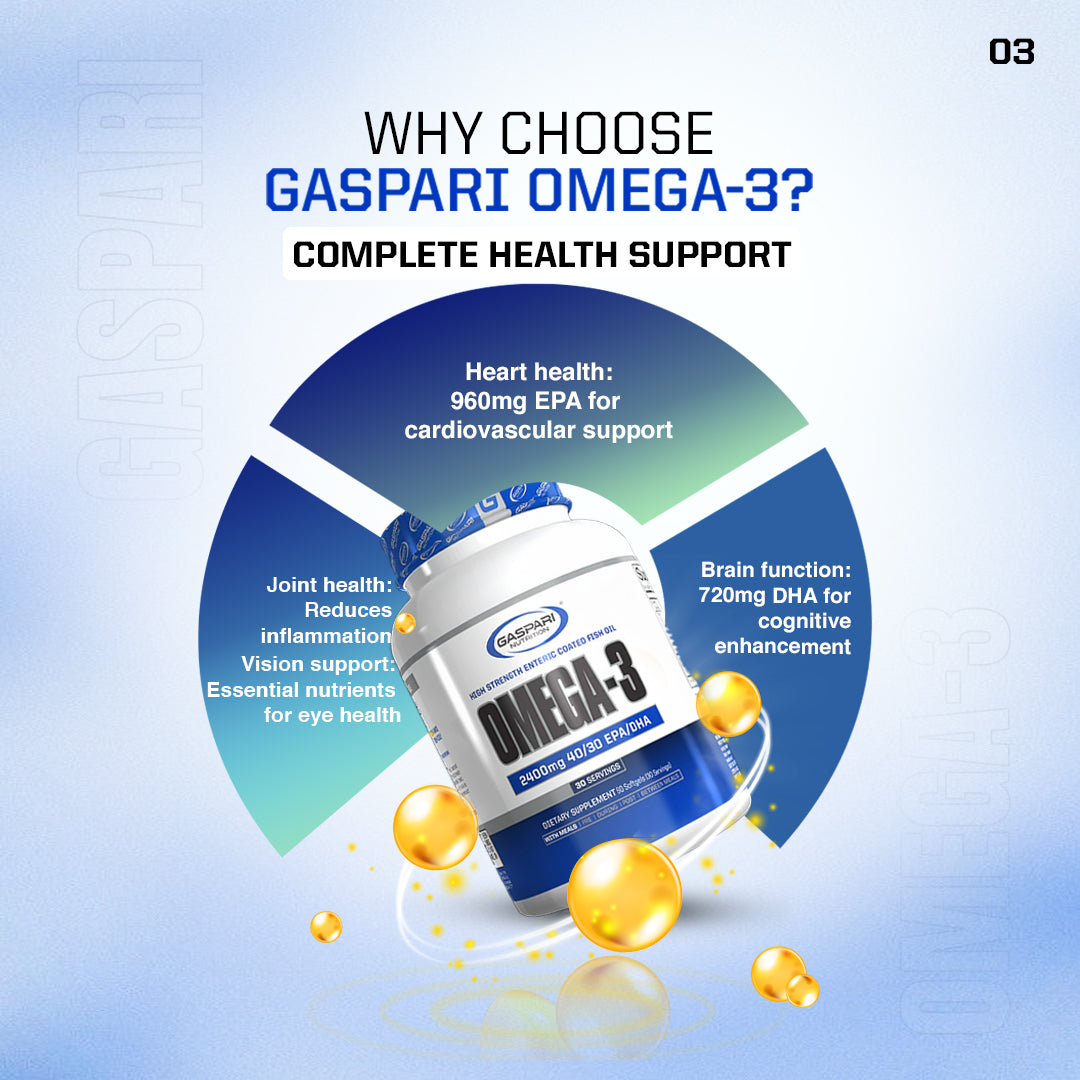





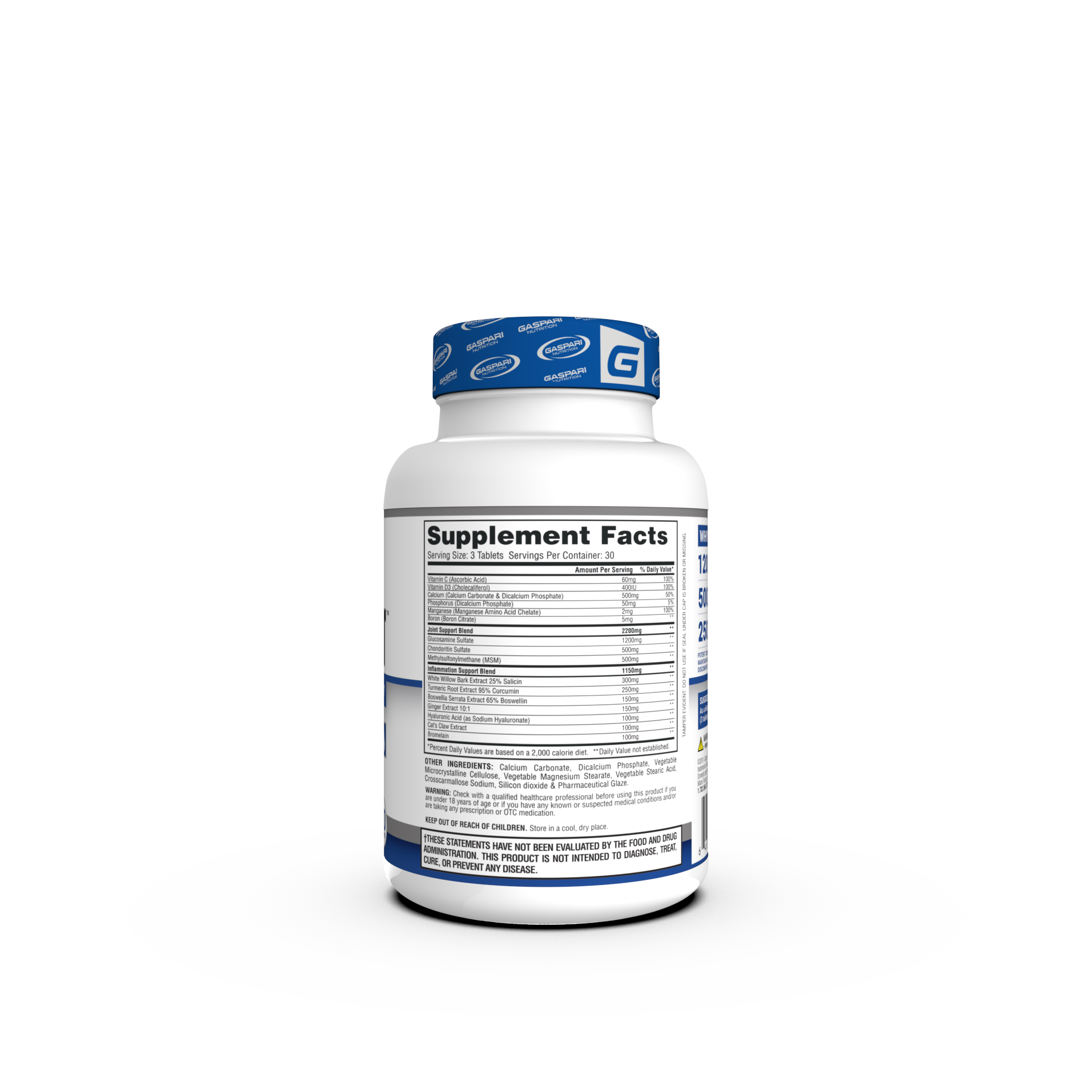
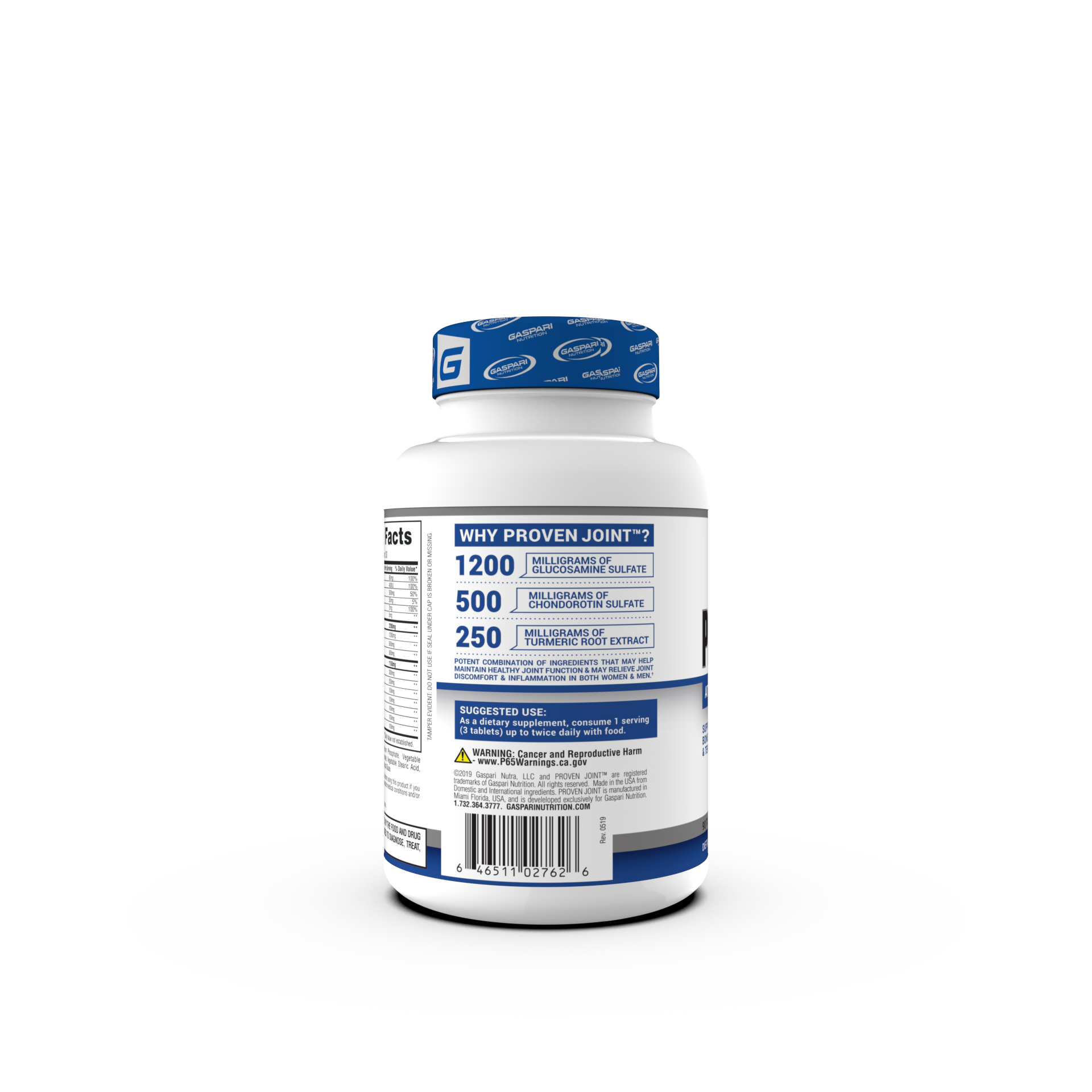

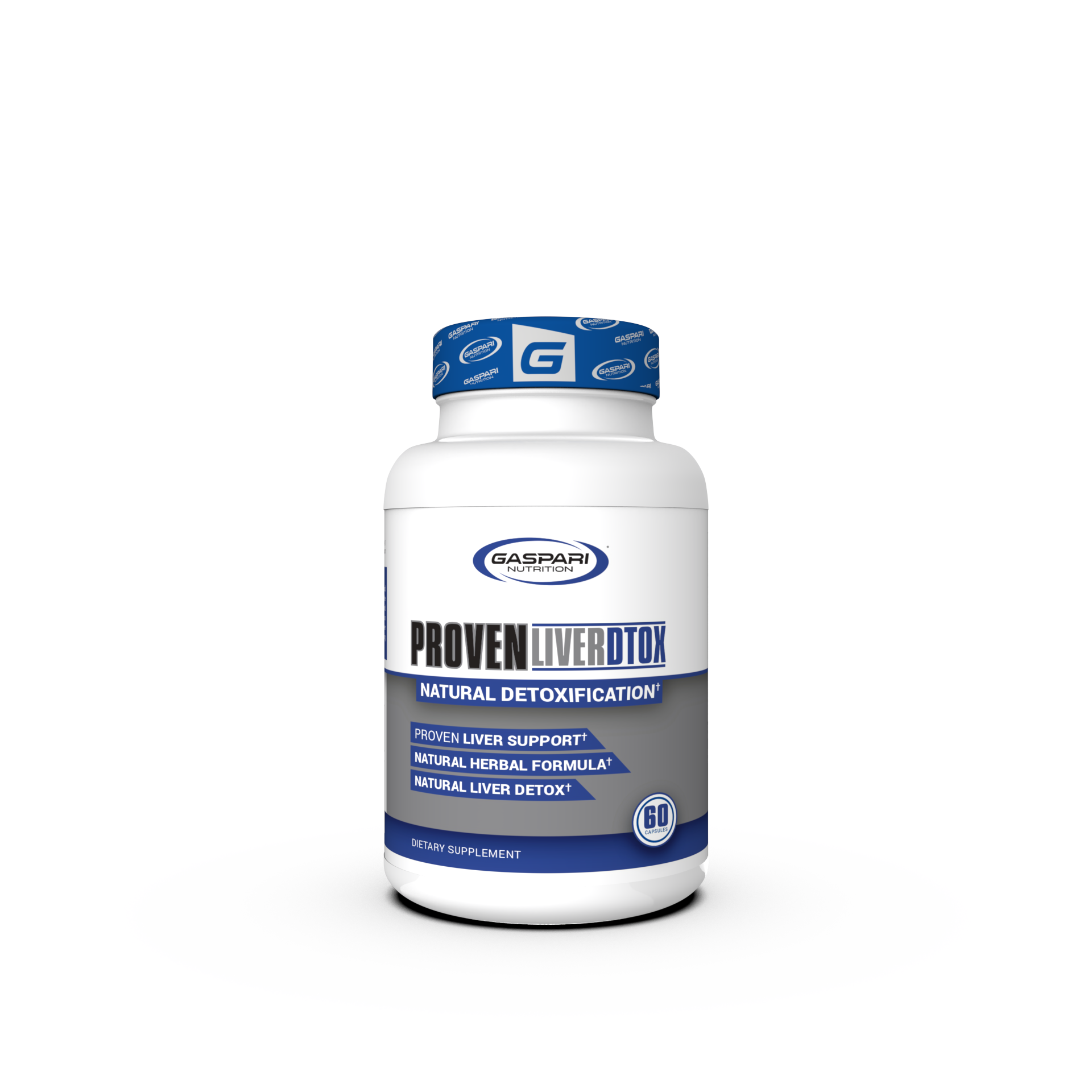
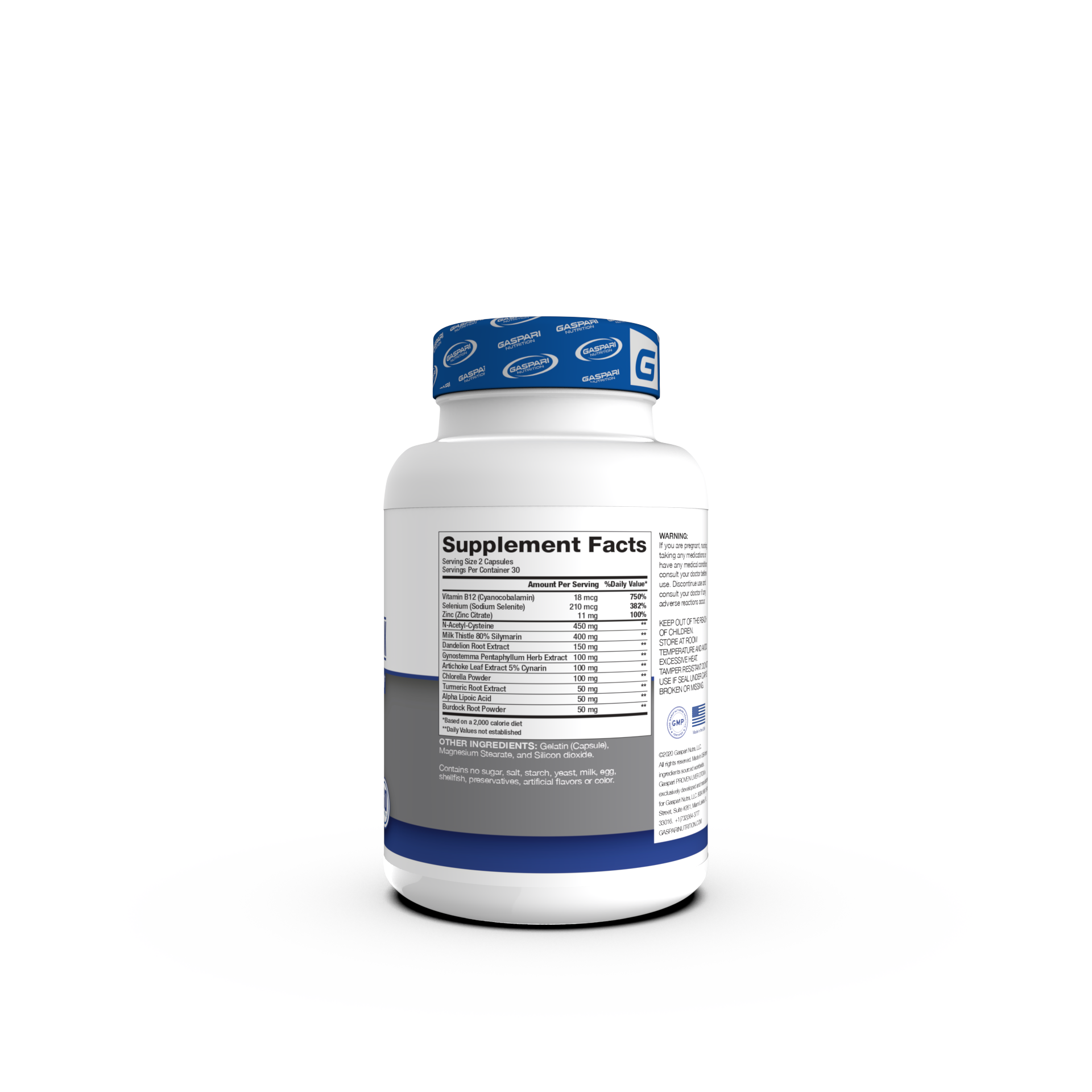
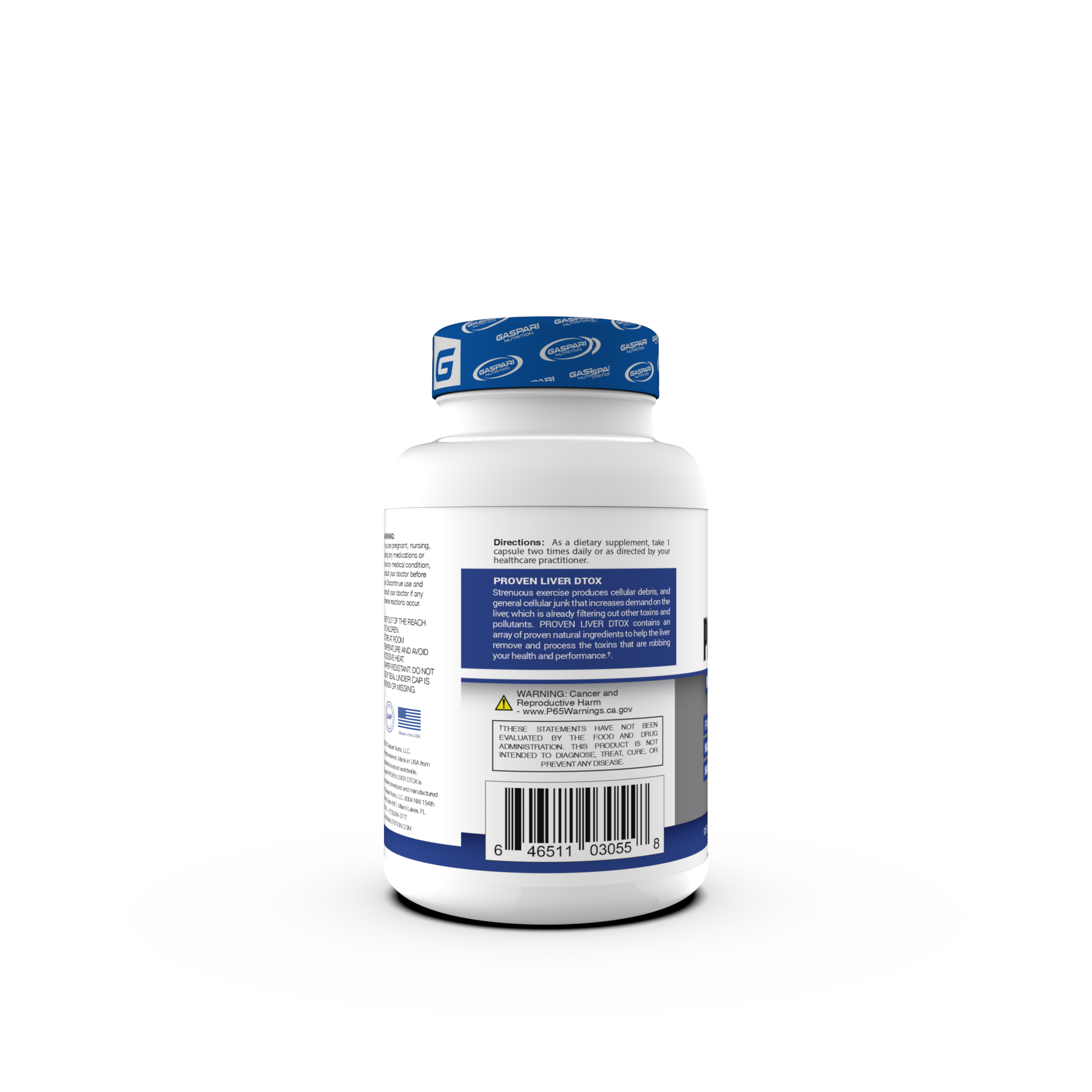

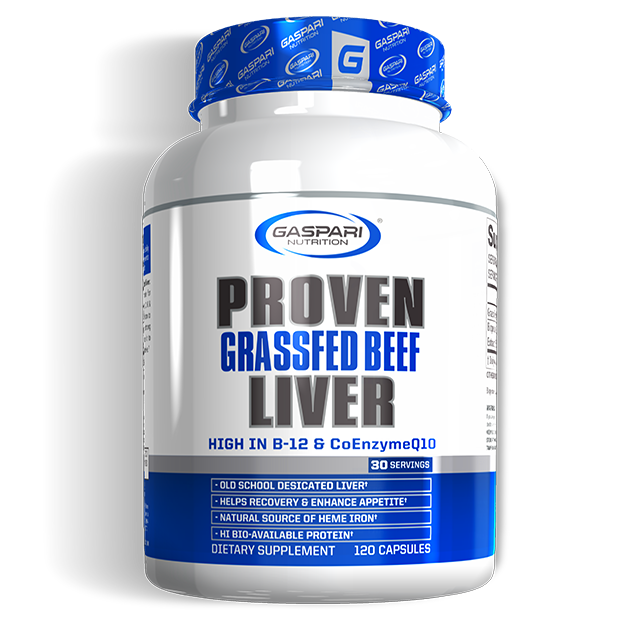





Share:
How Ryan Reynolds Got His Body Ready For Deadpool
Common Mistakes Women Make In The Gym